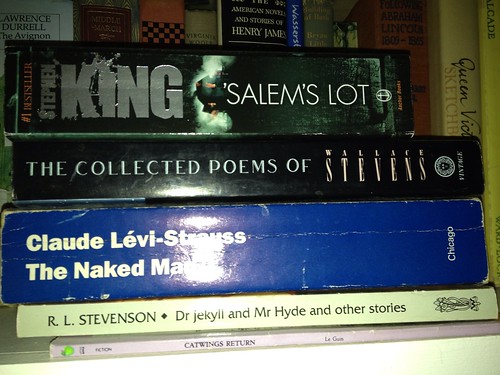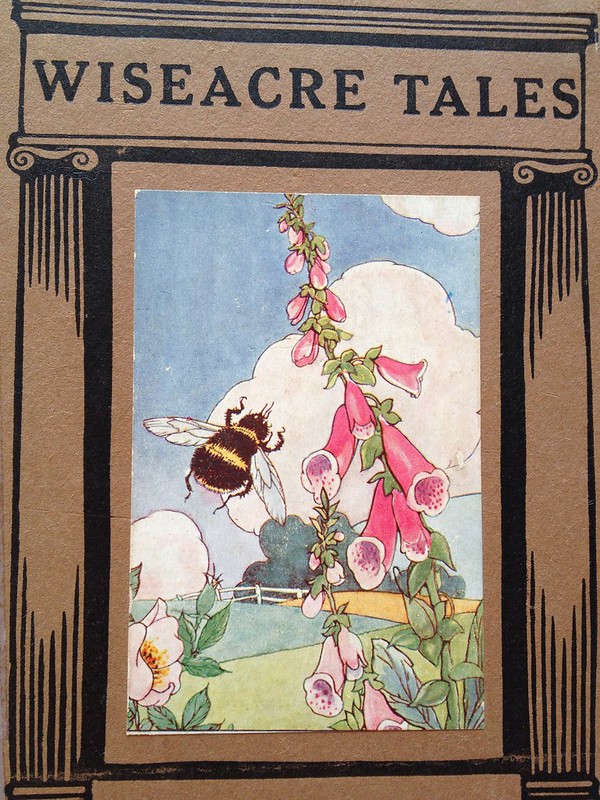Acorn Media has released
Agatha Christie's Poirot & Marple: Fan Favorites Collection
on DVD. Acorn asked fans to vote for their favorite Christie mysteries, and have now packaged the results in an excellent six-disc collection.

David Suchet is the ultimate Hercule Poirot. He portrays the dapper Belgian detective with flair, humor, and intelligence. The Art Deco period sets and locations just enhance the experience. The six feature-length
Poirot mysteries on three discs also feature Poirot's inimitable allies Captain Hastings (Hugh Fraser), Scotland Yard Chief Inspector Japp (Philip Jackson), and Miss Lemon (Pauline Moran), Poirot's uber-efficient secretary. Some well-known guest stars also appear.
All six
Poirot episodes are excellent, but Acorn wisely starts things off with "Murder on the Orient Express," a superb interpretation of Christie's classic whodunit, and one of the best in the entire series. Originally broadcast in 2010, with such recognizable guest stars as Jessica Chastain, Eileen Atkins, Hugh Bonneville, and Barbara Hershey, Poirot must determine who has brutally murdered an extremely unpleasant man named Ratchett (Toby Jones), a fellow passenger on the Orient Express. The claustrophobic environment (the train is stalled on the tracks during a blizzard), and the wide array of suspects, makes for a perfect Christie "closed room" murder. Suchet also gets the opportunity to explore parts of his character, such as Poirot's advancing age and his faith, in more depth than in other episodes of the series.
The rest of the episodes in the collection are from earlier in the series, but all have their great points as well. "Hercule Poirot’s Christmas," from 1995, features one of Christie's more grisly murders. Poirot is a reluctant house guest of the rich and elderly Simeon Lee (Vernon Dobtcheff), who has hired the detective to "observe" his family over the Christmas holiday. The audience may not care about the victim, who is one of Christie's most unlikeable characters, but they will enjoy the subtle humor and clever resolution to the crime, which, in typical Christie fashion, has been hiding in plain sight all along.
1990's "The Mysterious Affair at Styles" is a post-WWI story involving Poirot and his friend Hastings, renewing their wartime friendship over a country house murder. It is as humorous as it is clever, and the viewer can enjoy watching Poirot tease his friend Hastings' less-than-stellar deductive properties, while marveling at how the little Belgian detective manages to keep up with the story's twists and turns before he catches the killer.
"The ABC Murders," originally broadcast in 1992, is one of Christie's more interesting plots. She sets Poirot on the trail of a serial killer with an alphabet fetish. Poirot must get into the mind of the killer, his focus more on psychology this time out than motive. Can Poirot, Japp, Hastings, and a band of interested parties - the loved ones of the killer's victims - form an effective detective squad and stop the self-named "ABC" before he strikes again?
Christie loved to send Poirot around the world, reflecting her own journeys with archaeologist husband Max Mallowan. In 1993's "The Adventure of the Egyptian Tomb," an Egyptian tomb in the Valley of the Kings seems to be cursed as members of an excavation party keep dying. Poirot and Hastings travel to Egypt to discover the real culprit behind the series of mysterious deaths at an archaeological site. The locations and settings are as top-notch as ever, and the episode manages to successfully combine the Egyptomania of the period with Poirot's (and Christie's) truly ingenious solution.
The final Poirot mystery is one of Suchet's earliest outings as the character, it is 1989's "Four and Twenty Blackbirds." Viewers are treated to more aspects of Poirot's finicky character (the man must be a Virgo), especially regarding his relationship towards food, and his odd couple friendship with Japp, as the pair try to discover if there is something fishy behind the recent deaths of two estranged brothers. Are their deaths, which occurred within days of one another, coincidence or murder? Poirot's favorite restaurant, also a haunt of one of the brothers, and an unconventional artist's model, provide both exquisite period detail as well as clues to the solution of the mystery.
As for the Marple end of things, actresses Geraldine McEwan (right) and Julia McKenzie (below) offer their interpretations of the deceptively sweet Miss Marple. Christie's small-town busybody sleuth appears in five feature-length episodes from the
Marple series in this set. The first three mysteries feature McEwan, and the last two McKenzie. Miss Marple's village of St. Mary Mead and its murderous denizens are portrayed in beautiful period detail, but the elderly sleuth does get out and about to solve a mystery or two. These interpretations of Christie's stories have also noticeably upped the sex angle. Sex and romance was always a feature in Christie's original tales, but the author tended to allude to such relationships more daintily than the way in which they are depicted herein.
The first episode, "The Murder at the Vicarage," originally broadcast in 2004, features the usually cuddly Derek Jacobi as the bombastic Colonel Protheroe, a self-important bigwig in St. Mary Mead. Protheroe almost seems to ask to be murdered, as he huffs and puffs his way through the village, and soon enough someone eagerly complies. Miss Marple must sort through a list of suspects who also happen to be her very good friends and neighbors--played by such talents as Janet McTeer, Jason Flemyng, and Rachael Stirling--before she can come up with a solution to the crime.
2005's "A Murder Is Announced" has Miss Marple trying to sort out why a "murder game," intended for an evening's entertainment, turned chillingly real. McEwan's Marple is more of the annoying little old lady next door than Agatha Christie's kindly, fluffy elderly spinster, who always seemed to be knitting something fuzzy in blue or pink. But her nosiness serves her well as she sorts out the complex relationships of the guests at the house party and discovers who is responsible. As with all the Marple episodes, the casting is first-rate, with such guest stars as Zoë Wanamaker, Matthew Goode, Cherie Lunghi, and Sienna Guillory.
The final McEwan
Marple episode in the collection, 2007's "At Bertram’s Hotel," bears little resemblance to the original Christie story, apart from Miss Marple's affection for London's Bertram's Hotel. If Christie fans can tolerate the changes to the story, there is a lot to enjoy, especially the period atmosphere of the hotel and its regular and transient guests, played by such great actors as Francesca Annis, Polly Walker, and Peter Davison.
Julia McKenzie takes over as Marple in "A Pocket Full of Rye," which was originally broadcast in 2008. This adaptation features a much more down-to-earth Miss Marple. Here, she is tasked with determining who wanted a wealthy businessman (Kenneth Cranham) dead — and the list of suspects is quite long. But her job is also a quite personal one as young maid named Gladys, from St. Mary Mead, has been murdered as well. McKenzie's Marple is sharp as ever, but perhaps without the acerbic edge that McEwan brought to the role. The impressive list of guest stars includes Rupert Graves, Matthew MacFadyen, and Helen Baxendale.

The final
Marple episode in the collection is 2010's "The Mirror Crack'd from Side to Side." One of the best entries in the
Marple series, the mystery finds the villagers of St. Mary Mead starstruck when a Hollywood actress (Lindsay Duncan), and her director husband, move to town. Joanna Lumley is clearly having a blast as Miss Marple's dear friend Dolly Bantry, and although the story has some quite tragic elements, there is an overall feeling of brightness and fun to the episode. Caroline Quentin and Hugh Bonneville guest star, and McKenzie proves that she truly is Marple in this third filmed adaptation of the novel (previous entries featured
Joan Hickson
and
Angela Lansbury
).
The mysteries in the collection are in all color, 16:9 widescreen format, with stereo sound, and SDH subtitles. The
Poirot set has a total running time of approximately 503 minutes and the
Marple set approximately 463 minutes. The
Marple set includes a bonus booklet insert that includes the recipe for the "Delicious Death" chocolate cake featured in "A Murder Is Announced."
Acorn has released all of the individual mysteries before, and has done so in a wide array of sets. Even so,
Agatha Christie's Poirot and Marple: Fan Favorites Collection is a boon for folks who want to dabble in the Agatha Christie mysteries, or who are missing a few of the full sets. The quality of the DVDs is as high as ever, and fans of Christie and British mystery should experience hours of enjoyment from this collection.







































